Mon - Sat : 9am to 7pm Sunday is CLOSED
Loading Dock Area | SEPPES Applications
Loading Dock Solutions | SEPPES Efficient and Secure Loading Dock Systems
At SEPPES, we understand the importance of efficient and secure loading dock operations. Our comprehensive range of loading dock solutions, including dock levelers, high-speed doors, and loading dock shelters, is designed to improve operational flow, reduce downtime, and ensure the safety of goods and employees.
Key Equipment:
- Loading Dock Doors: Feature insulation, space-saving design, and safety functions, effectively isolate internal and external environments while ensuring safe operation.
- Loading Dock Levelers: Offer height adjustment, heavy load-bearing capacity, and efficient operation, enabling seamless connection between warehouses and trucks.
- Dock Shelter and Seals: Tightly seal gaps between trucks and docks, blocking dust, rain and temperature loss for a clean, stable warehouse environment.
- Loading Dock Safety Device: Including safety restraint, and buffer devices, provide all-round protection to ensure operational safety.
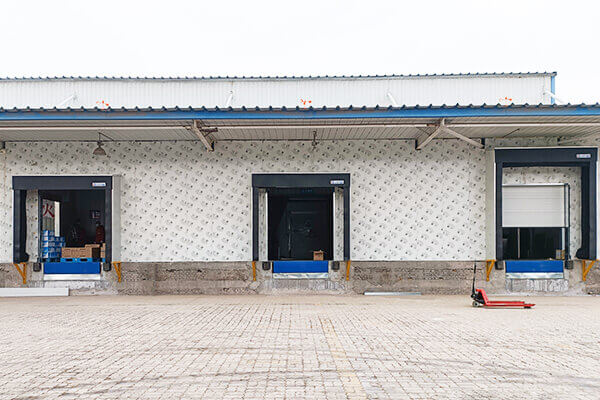
Top Door Options for Loading Dock Doors

Sectional Doors
SEPPES sectional doors are an excellent choice for warehouses where space efficiency, security, and thermal insulation are key.

Warehouse Dock Leveler
SEPPES hydraulic and mechanical dock levelers are built for heavy-duty use, ensuring efficient goods handling with ease.

Loading Dock Doors
SEPPES sectional doors and high-speed doors are ideal for warehouses where rapid access and energy efficiency are crucial.

High-Speed PVC Doors
SEPPES high-speed doors are essential in high-traffic areas, offering fast access and improving operational efficiency.
Get a Customized Quote for Your Loading and Unloading Needs
We Have Authentic And Authoritative Certificates
All Loading Dock Products Have More Than 20 International Certificates
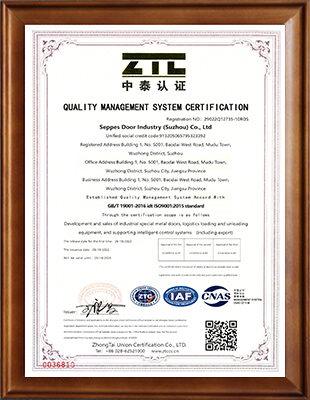


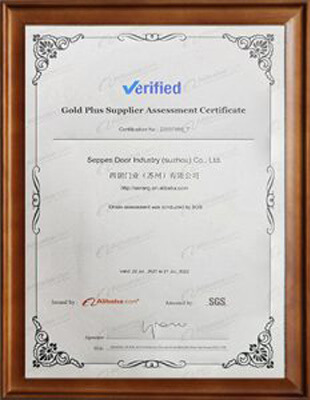

Our 4200+ Customer Worldwide
With exports to over 70 countries, our loading dock doors, dock leveler, dock shelters, seals and safety devices have been verified by leading logistics, manufacturing and cold storage companies.
Clients From Russia
These cooperative customers are from Russia. They visited SEPPES Door Industry Co. in Suzhou, China, to inspect our high-speed door production workshop and learn more about our industrial door solutions. After an in-depth discussion with our engineers and sales team, they expressed clear interest in our sectional doors for their logistics center project. We provided a tailored solution and quotation that fully met their technical and budget requirements. The Russian customer was highly satisfied with our product quality and service and confirmed the contract on-site with full prepayment. We look forward to further cooperation in the Russian market.
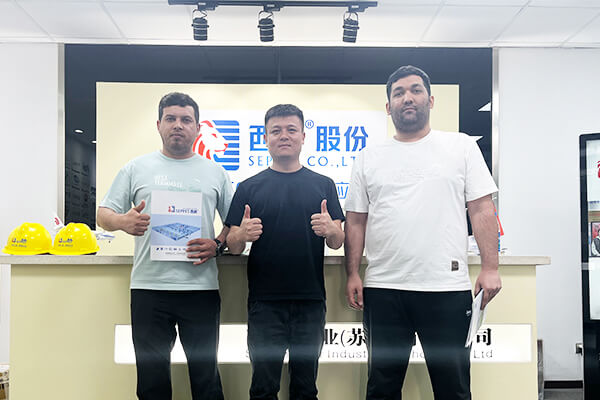
Colombian Customer Visit
These cooperative customers are from Colombia. They flew from South America to our SEPPES headquarters to visit the factory and meet with our technical team. Their project required durable and energy-efficient fast doors for a food processing facility. During the visit, our team demonstrated product samples, technical drawings, and operation videos. After confirming the specifications, the Colombian customer was impressed by our professionalism and placed an order with full payment. They expressed strong interest in future long-term cooperation and becoming a regional distributor in Colombia.
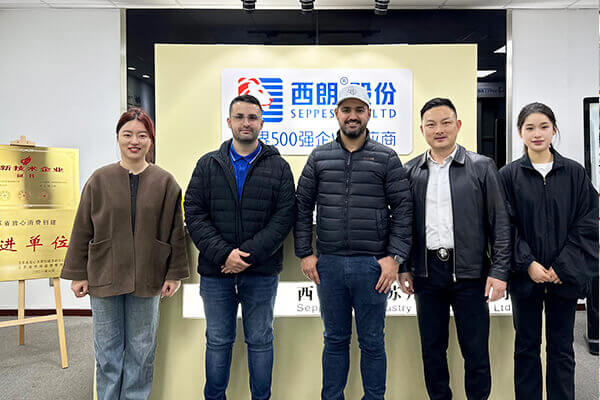
Canadian Customer Visit
These cooperative customers are from Canada. They came to Suzhou, China, to conduct an on-site inspection before placing a bulk order. Their project involved installing loading dock equipment and high-speed doors for cold chain logistics warehouse. After a thorough factory tour and business discussion, they highly praised SEPPES’ production capacity, product certifications, and export experience. Our team quickly responded with a customized proposal, and the customer confirmed the cooperation with a deposit on the same day. The visit built mutual trust and laid a solid foundation for expanding in the Canadian market.

Related Articles

Dock Lift vs Dock Leveler: A Comparison and Solution Guide in Loading Dock Operation
Continuar leyendoDock Lift vs Dock Leveler: A Comparison and Solution Guide in Loading Dock Operation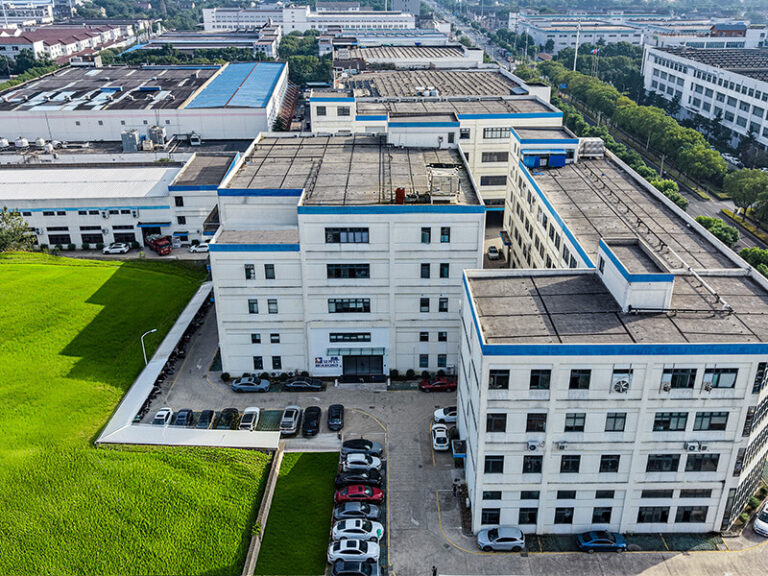
SEPPES New Smart Factory in Suzhou: How Intelligent Manufacturing Cuts Industrial Door Delivery to 15–20 Days
Continuar leyendoSEPPES New Smart Factory in Suzhou: How Intelligent Manufacturing Cuts Industrial Door Delivery to 15–20 Days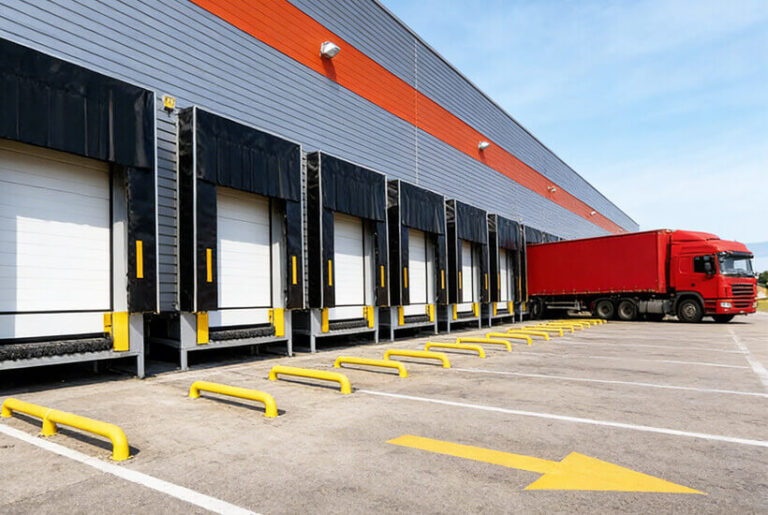
Telescopic Dock Levelers in Panama: Solution for Containers & Small Trucks
Continuar leyendoTelescopic Dock Levelers in Panama: Solution for Containers & Small Trucks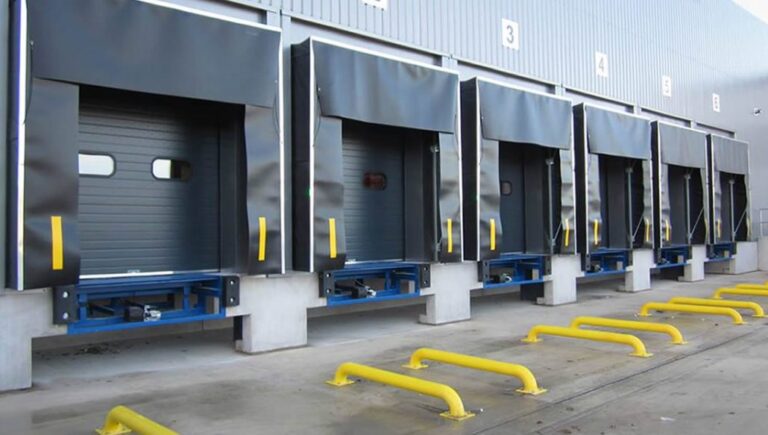
The Ultimate Guide to Dock Weather Seals: Protecting Your Facility from the Elements
Continuar leyendoThe Ultimate Guide to Dock Weather Seals: Protecting Your Facility from the Elements
What is a Dock Leveler: Understanding Dock Levelers in Loading Dock Operations
Continuar leyendoWhat is a Dock Leveler: Understanding Dock Levelers in Loading Dock Operations
Insulated Sectional Doors for Factories: Prevent Winter Heat Loss & Cut Heating Costs
Continuar leyendoInsulated Sectional Doors for Factories: Prevent Winter Heat Loss & Cut Heating Costs
Rubber Dock Bumpers for Trucks: Heavy-Duty Protection to Prevent Loading Dock Damage & Truck Collision
Continuar leyendoRubber Dock Bumpers for Trucks: Heavy-Duty Protection to Prevent Loading Dock Damage & Truck Collision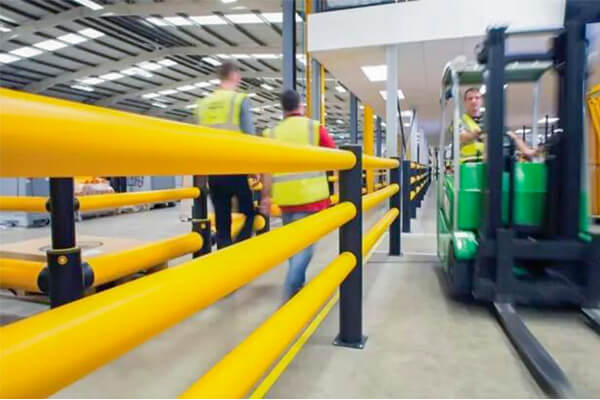
Loading Dock Safety Barriers: Essential Protection for Industrial Operations
Continuar leyendoLoading Dock Safety Barriers: Essential Protection for Industrial Operations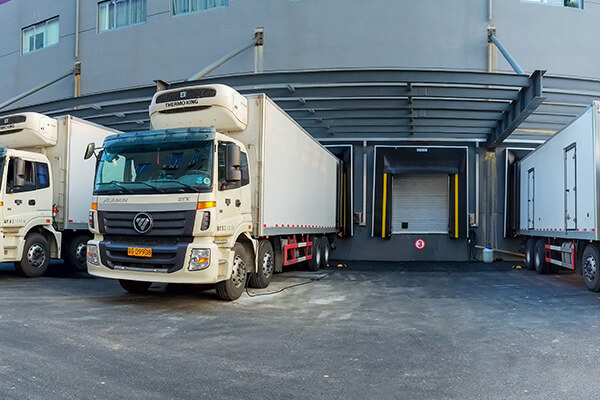
Types of Loading Docks: Understanding the Different Types and Their Applications
Continuar leyendoTypes of Loading Docks: Understanding the Different Types and Their ApplicationsRequest a Quote
Address
No. 5001 Baodai West Road, Mudu Town, Wuzhong District, Suzhou City, Jiangsu Province, China
diana@seppes.com.cn
Phone
(+86)17768032191
